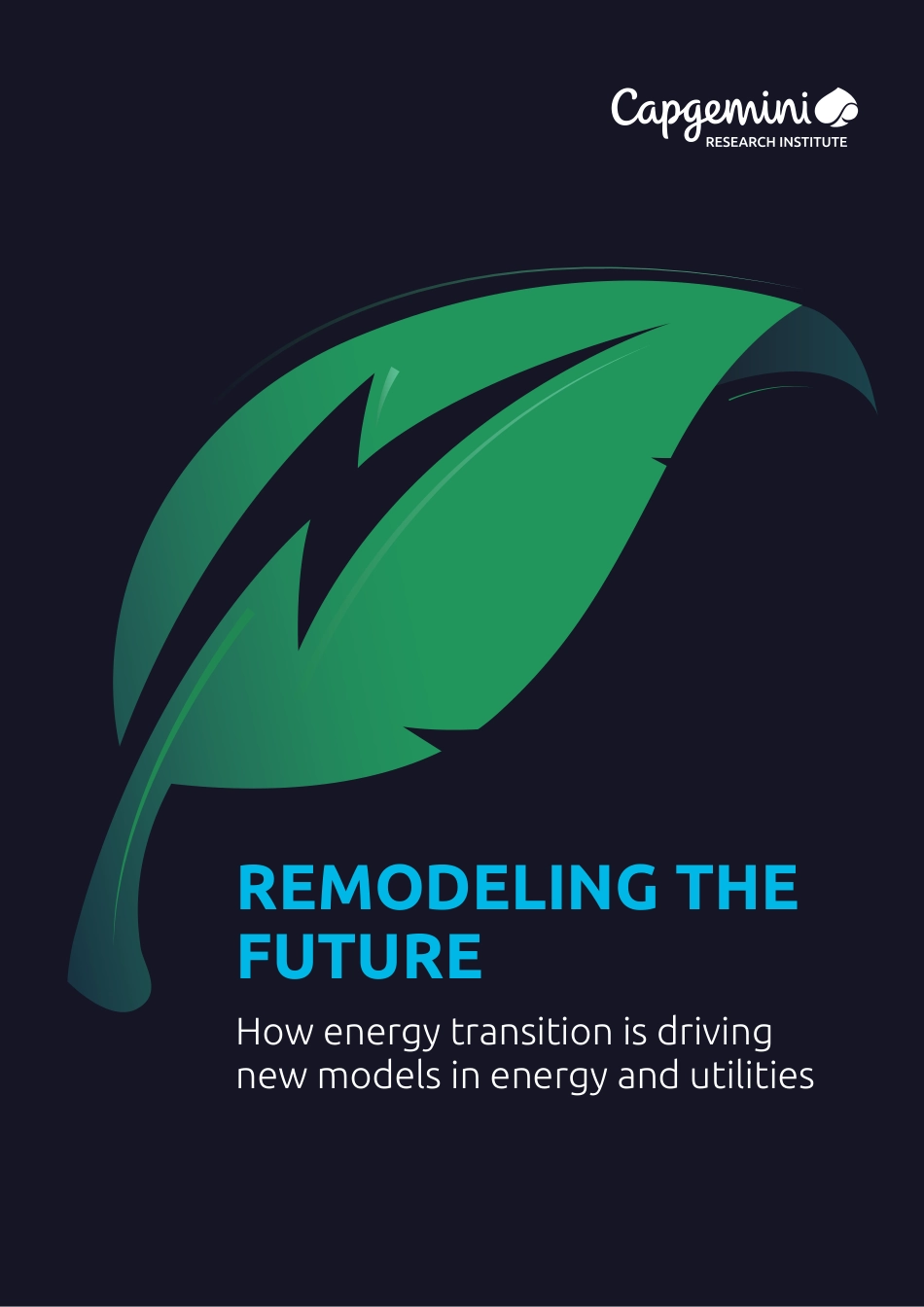How energy transition is driving new models in energy and utilitiesREMODELING THE FUTUREExecutive Summary Rapid shifts in the global business environment, led by the forces of decarbonization, decentralization, and digitization, have created a strong impetus for change in the energy and utilities sector. Against this backdrop, our research explores how the sector views its future, and its response to change. We found that energy and utility organizations are highly alive to the need to switch to new-energy models – i.e., new products, services, and ways of operating existing businesses. These include clean energy, alternate fuels, grid management services, mobility services such as electric vehicle (EV) charging stations, energy-storage solutions, and energy platforms, among others (see Figure 1). As the share of renewables in the energy mix increases, energy storage solutions and grid management services will be critical to manage intermittency in renewable energy supply. Further, as consumers increasingly turn into prosumers, there is a growing need for renewable energy storage systems for residential and commercial use, and for energy platforms that facilitate peer-to-peer energy exchange. Energy and utility organizations recognize the need to orient themselves towards meeting the demands of a decarbonizing world. Overall, 73% of energy and utility industry executives expect new-energy models to be their mainstream business within the next five years.New-energy modelsFigure 1Source: Capgemini Research Institute analysis.Clean-energyOnshore and offshore wind, solar power, hybrid farms, CPPA, local generation, sustainable power plants, CCUSFuel from bio waste and hydrogen, biogasSmart grid management, microgrid-as-a-service...



